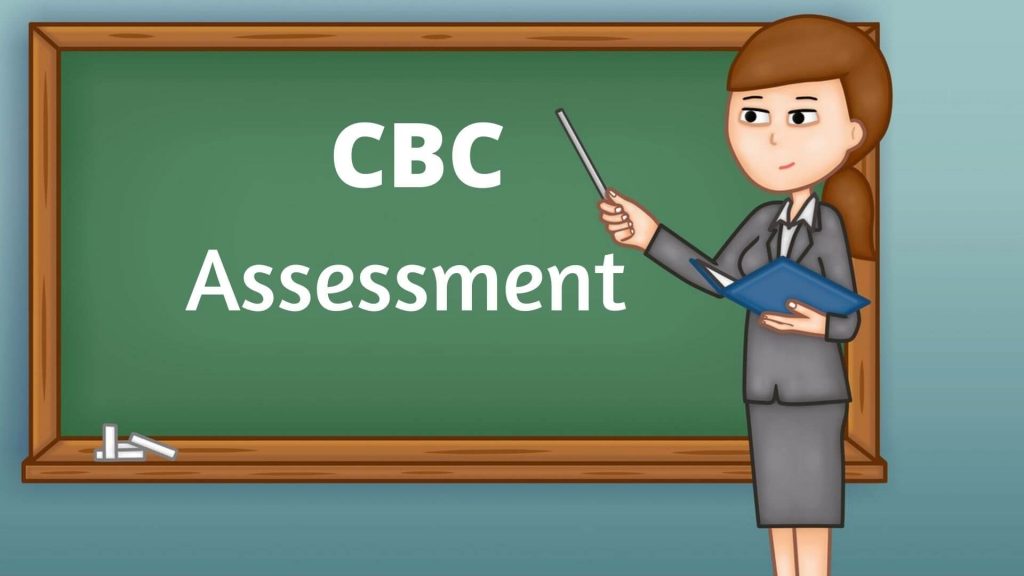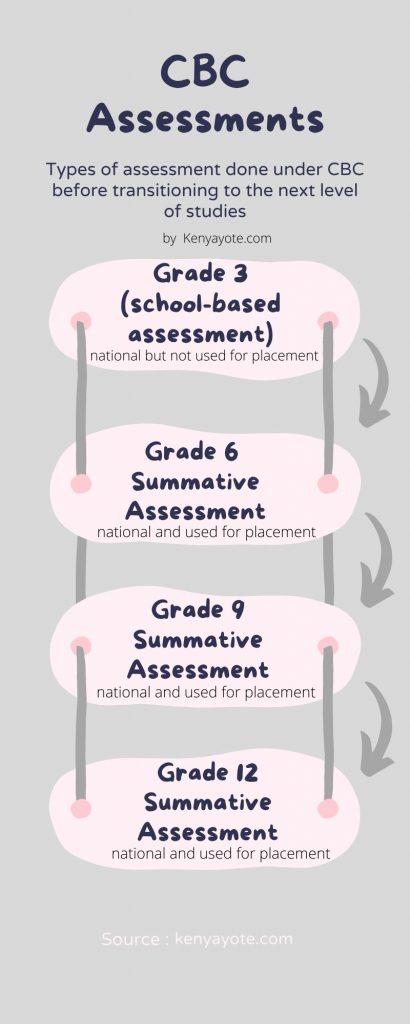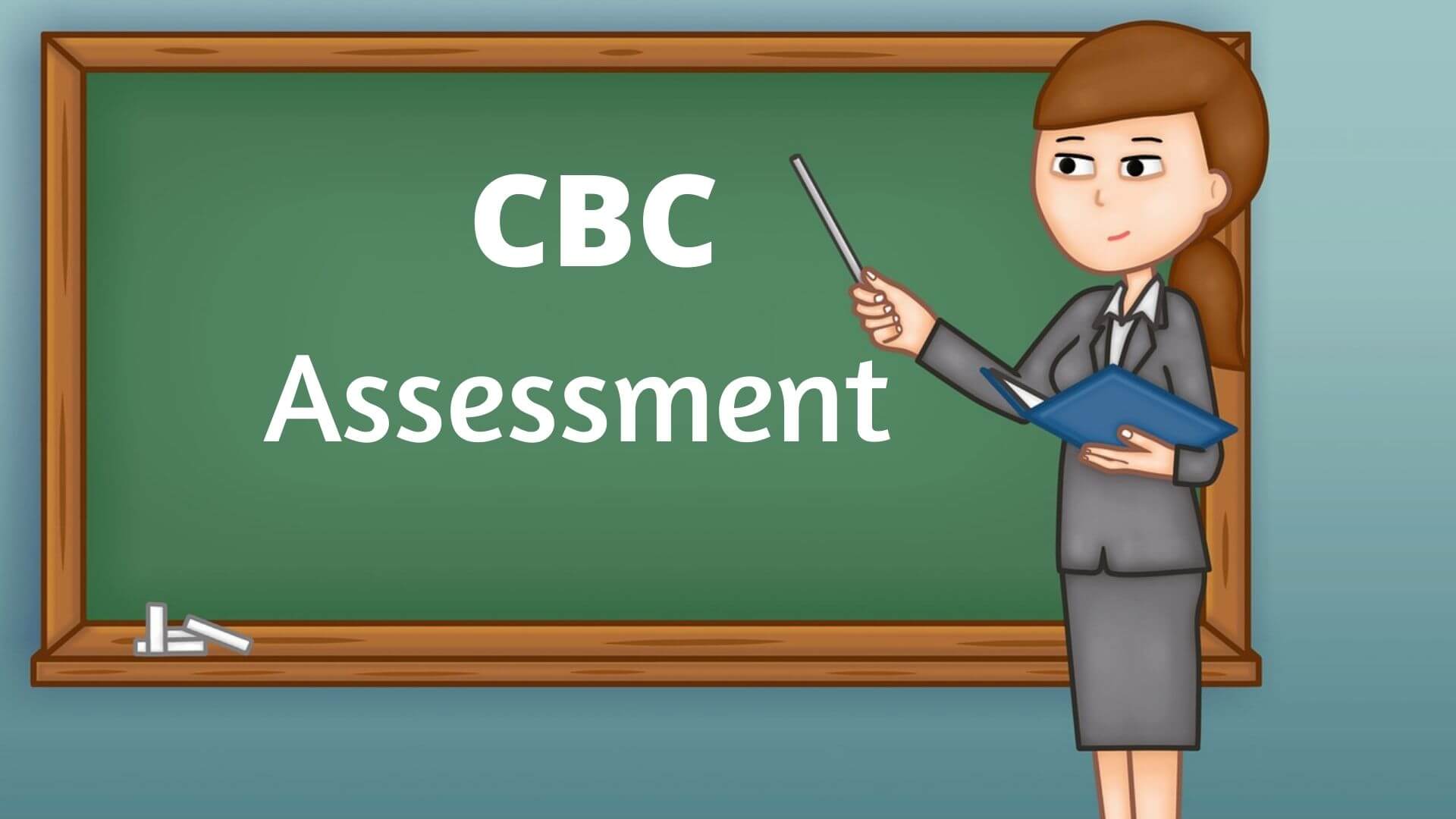This is a detailed explanation of the type of assessments done under CBC in Kenya, how grade transition works, tools used for assessment, and the school transfer process.

CBC Levels of learning in Kenya
There are three main levels of education in Kenya under CBC. We have explained them in detail on this page (what is competency-based curriculum). Below is a summary of the structure of CBC basic education in Kenya (previously known as primary and secondary school).
Early years of education
- Pre-primary (2 years): PP1 and PP2
- Lower primary (3 years): Grades 1, 2 and 3
Middle School
- Upper Primary (3 years): Grades 4, 5 and 6
- Lower Secondary (3 years): Grade 7, 8 and 9
Senior School
This marks the end of basic education in Kenya and it comprises of Grade 10, 11, and 12.
Type of CBC Assessments
Competency-Based Assessments (CBA) are examinations done under the Competency-Based Curriculum (CBC). There are three types of assessment in CBC in Kenya
- Classroom assessment: Tools for this type of assessment are developed by the teacher and the exams are done at the classroom level (not national).
- School-based assessment: This is a type of assessment that is done by students from Grade 4 to 12. Tools for this type of assessment are developed by KNEC but the exams do not have national rankings. Teachers are required to download the assessment tools from the KNEC CBA portal.
- Summative assessment: This is like KCPE and KCSE examinations. Summative assessment is done by students and is national and may involve students or schools performance ranking.

CBC Grade Transition
- PP2 to Grade 1 (Pre-Primary to Lower Primary): Learners have to sit for an exam developed by the teacher (internally) before they transition to grades 1, 2, and 3 (Lower Primary).
- Grade 3 to Grade 4 (Lower Primary to Upper Primary): Learners sit for school-based national assessment before transitioning to Grades 4, 5, and 6 (upper primary)
- Grade 6 to Grade 7 (Upper Primary to Lower Secondary): Learners do a school-based assessment which accounts for 60% (in grades 4, 5, 6), and summative assessment (national exams) at the end of Grade 6 which accounts for 40% before transitioning to lower secondary.
- Grade 9 to Grade 10 (Lower Secondary to Senior School): Learners sit for junior secondary summative assessment (JSS) at the end of grade 9 and the results will be used for placement to grade 10 (senior secondary)
CBC Assessment Tools and Methods
Assessment tools and methods used in CBC include tests, rubrics, questions, and answers, journals, portfolios, oral or aural questions, checklists, questionnaires, etc.
Assessment results or records will be available at the KNEC portal for grades 3 to 12 students. A unique personal identification number (UPI) will be used to track the performance of the student up to the end of basic education (Grade 12). UPI number is provided through NEMIS portal registration or KNEC assessment number.
Transfer of students and CBC assessment records
If you want to transfer a student who is in Grade 3, 4, or 5, then the headteacher of the school you are leaving and joining should write release and acceptance letters respectively which you should present to the sub-county director of education for transfer. The sub-county director of education should use the KNEC CBA portal ( cba.knec.ac.ke) to transfer the student. Using this transfer method means that you will not lose your assessment records.
NOTE: CBC schemes of work, notes, and assessment revision materials can be downloaded in pdf format from Muthurwa.com.

Leave a Comment